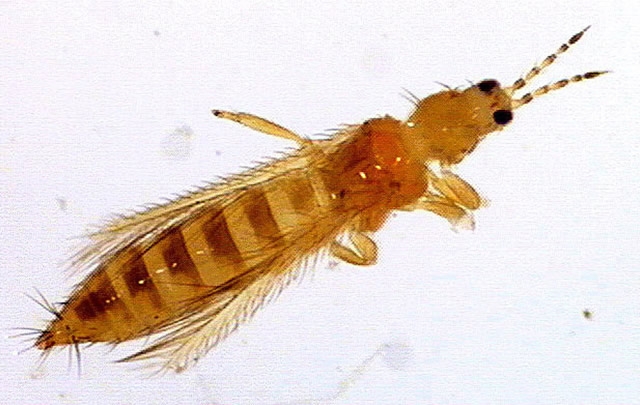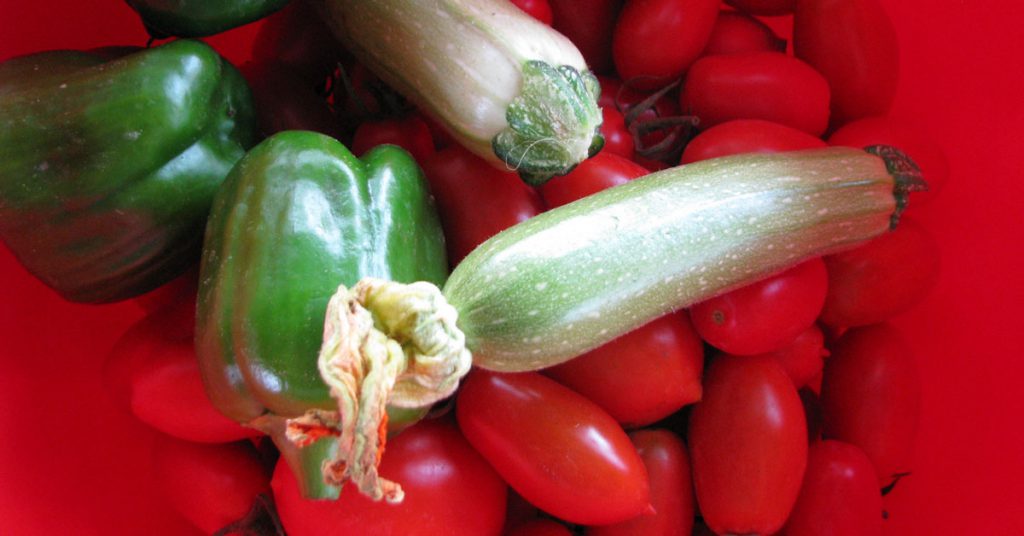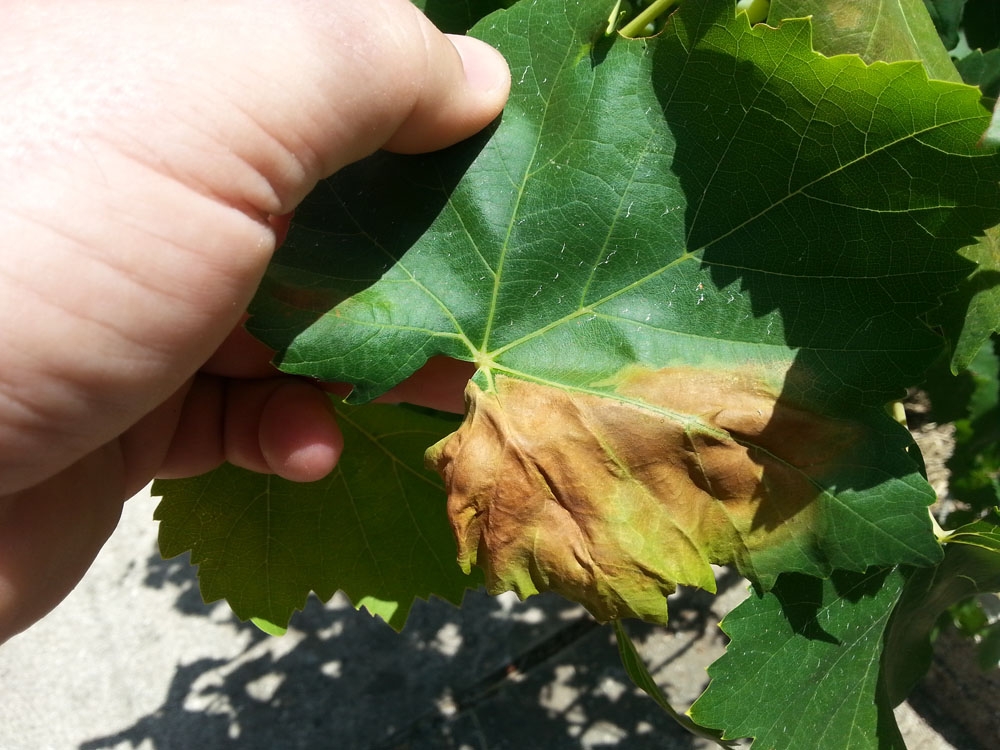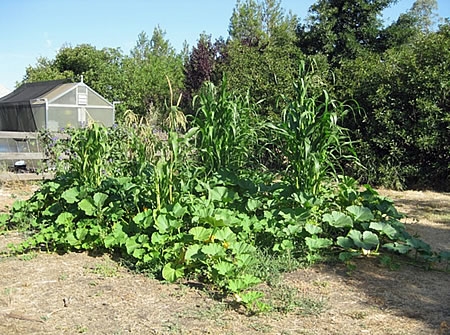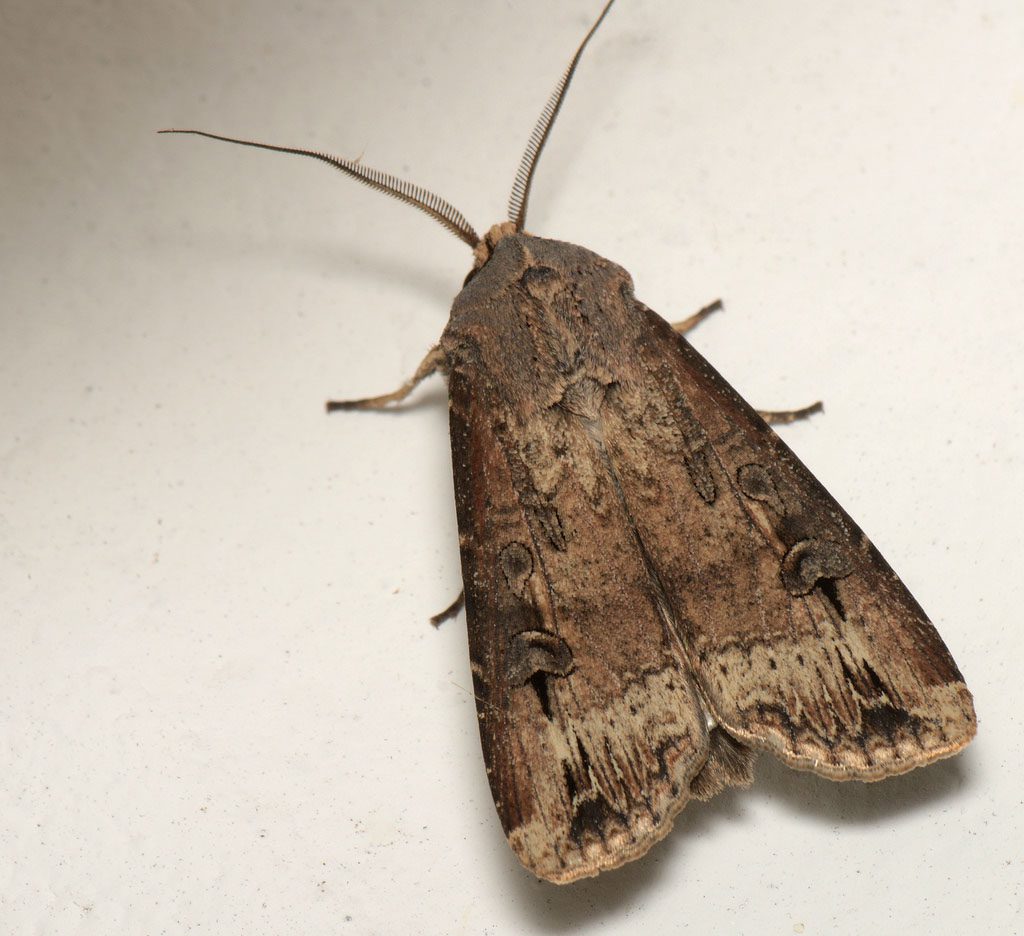The California thrips came to Europe from North America, where it originated. It spread very quickly to Greece, and in 1992 it was found for the first time causing serious damage to vines in the Kavala area. Later, in Corinthia, vineyards of the Sultanina variety were repeatedly found to have very serious damage to the grape berries, contributing to a deterioration in the quality of the grapes.
Scientific name: Frankliniella occidentalis
Other name: Western flower thrips
Greek name: Θρίπας της Καλιφόρνιας
Damage
It has been found that during the blooming, tying, and early stages of small grape berries development, thrips lay their eggs on the flowers and small berries. The nesting holes that it makes develop into dark-colored spots, which are surrounded by a chlorotic band. These spots reduce the commercial value of the table grapes. It is also possible for the grapes to develop rot (botrytis, acid rot) due to splitting of the berries at the spots.
Enemy
Thrip of California is a very small insect (1-2 mm) with a yellowish-brown color. Its tiny size makes it easy to move from area to area with plants or plant products. It is a very active insect, it can fly, but it usually moves by hopping and its population increases rapidly. In addition to vines, it causes serious damage to peppers, beans and ornamentals.
Treatment
Early spraying is recommended at the beginning of the infestation, before high populations of the insect develop. In viticultural areas where California thrips is already a serious problem, treatments are recommend during pre-flowering, early flowering, beginning of flowering, at the “tie-up” of grape berries and 25-30 days afterwards stages.
Source
www.bayercropscience.gr
Western flower thrips
Control, management of thrips on California grapevines
Tags: CUCUMBERS • PLANTS ENEMY • VINEYARD • ZUCCHINI

